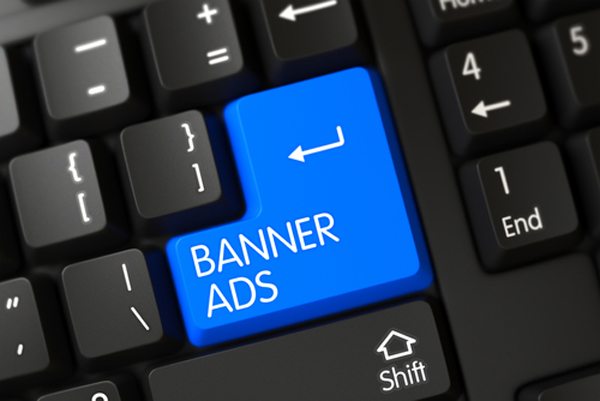
Last month, I was on the phone with a brand manager (let’s call her Suzie) when we both read the news that WebMD may be for sale.
The pioneering medical content company lowered financial guidance in 2017, reflecting “a decrease in our biopharma advertising growth rate.” In lay terms, this means, “People aren’t clicking on the ads around our site, so don’t expect us to sell as many of them as we used to.”
Quickly and, not surprisingly, our talk turned to ads:
Do ads still work?
She was very clear, “Our ad programs don’t work. The companies who ran them did not do enough to make them work, and they had to give us other incentives to make good on the dismal return.”
This is not a surprise. Not in healthcare and not anywhere. When 30% or more of your “customers” don’t even want to see ads and nearly 70% of people who click on them do so by accident, the ad thing isn’t working.
When P&G’s Chief Marketing Officer rails against hidden fees and lack of “viewability,” the industry is at the end of a cycle.
What replaces ads?
Suzie and I were talking about what assets to use in an upcoming program when she read the headline. Interestingly, she never said, “I’ll give you ads.”
Instead, she talked about using a video of her brand’s KOL talking about efficacy, a patient savings card, and the brand’s MOA video. Each item is central to her brand’s visual sales aid.
Native content isn’t new. It just works a lot better than ads.
A media banker friend of mine told me this story for this story. One of his clients advertised on TV for 40 years. They pulled all of their TV ads in favor of a digital sales strategy. He spoke of “influence sales,” not “ads” or “marketing.”
He said that they spent “a lot” on search engine optimization (SEO) and content strategists. SEO found the customers. Real content moved them through the sales process. He didn’t say SEO drove them to their website. Notably, his client did not use banner ads.
Think about this in sales terms. He found a customer (marketing) and connected that customer to a salesperson (sales) all within the digital channel. He didn’t beat people over the head with autodial and recorded messages.
The results: “A U-turn in the business since October. Because, like everything in the world, we only want sales people when we are ready to buy. When we browse, sales people—like ads—get in the way.”
This, folks, is the beginning of a whole new era in marketing-think.
Which brings us to the terrifying third question, “What changes?”
In a word, “everything.” This isn’t about WebMD. It’s about every publisher, every agency, and every type of client. And, yes, every brand.
Publishers build destinations to aggregate audiences to show them ads. Those ads pay for everything. Turning to process, Suzie said, “We pay our creative agency a lot of money to design ads. We pay our media planners lots of money to place them. Planners ask creative for lots of ad formats (sigh, pause), and we pay for all of that too. Then, we pay to put them in places that our customers won’t go to click on them.”
Ads built the ecosystem. The entire ecosystem is about to change.
Here is her revelation: “I still have to make my numbers. My overall spend won’t go down. I will just spend less creating, planning, distributing, and measuring ads. I have to find more effective places to invest.”
Money will flow to new places. The agency that creates her videos doesn’t create her ads. A third creative agency made her KOL efficacy video. This is musical chairs and someone’s going to lose a place to sit.
What happens next?
Good question. Because, really, I don’t know.
But I know some people who might. So, right after our call, I emailed a publisher, two agency heads, and a mega-brand planner. One word sums up the rapid-fire dialog, “yikes.”
To get real answers about this sensitive and still raw topic, nobody would or could (yes, some tried) attribute their quotes.
The planning executive offered up this very clear takeaway: “Let’s be honest. Banners were never designed for engagement. And now we just have better ways of proving they are less effective. If done well, in the right environment with the right message, I think they still have a place. However, most importantly, we need to task everyone, not just the agencies and suppliers, but also our clients, with what are we really trying to do.”
Change (like other things) happens.
It takes longer to arrive than most people think. When it arrives, it comes fast. Today’s headline might be, “WebMD Aims to Sell.” Tomorrow’s will almost certainly be about new partnerships and major changes in strategy.






